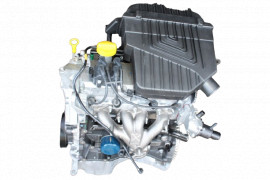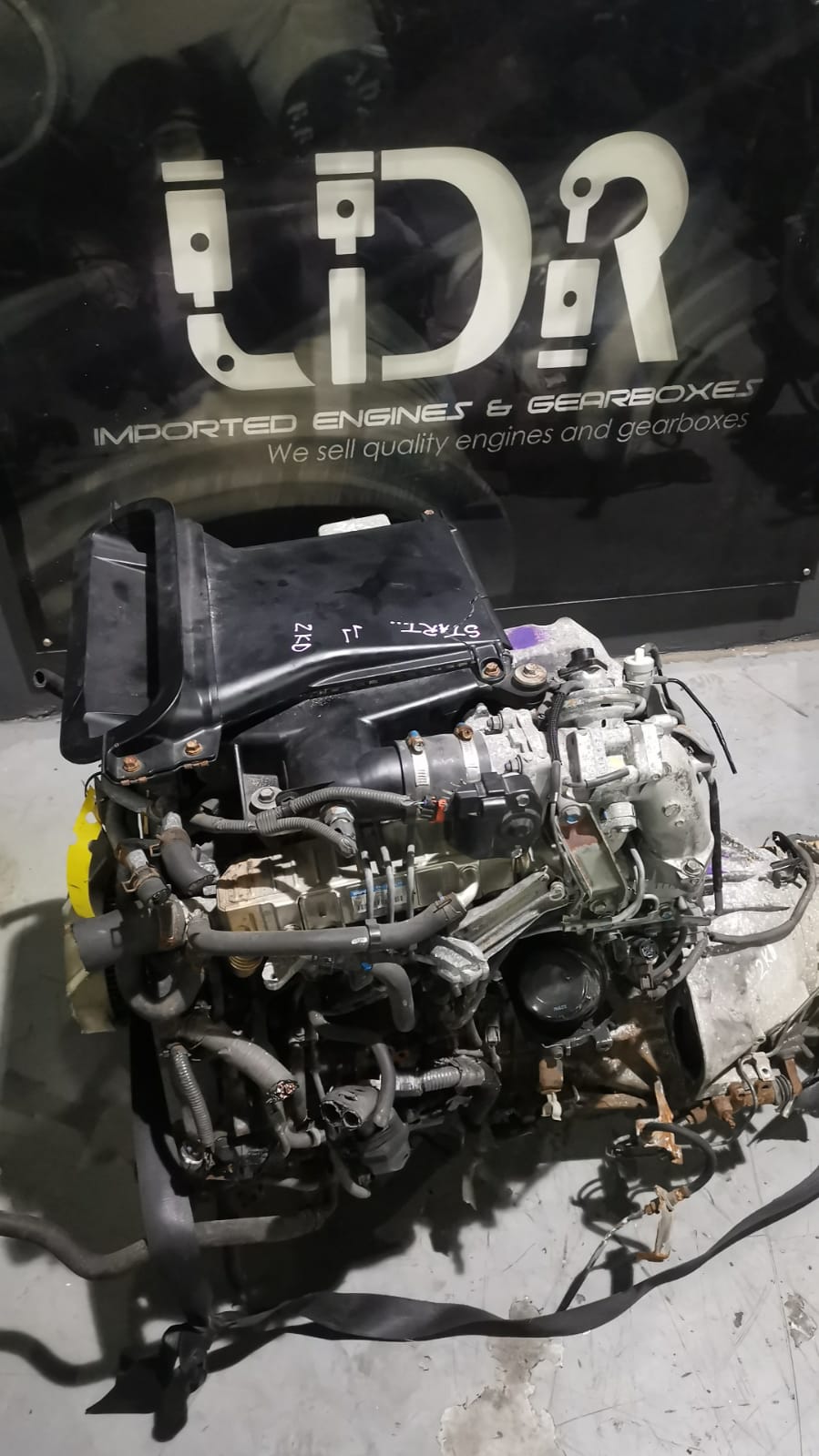Just how to Select the Right Opel Corsa Engine for Your Vehicle
Just how to Select the Right Opel Corsa Engine for Your Vehicle
Blog Article
Exploring the Inner Workings of a Compact Lorry's Engine System
As chauffeurs, we often take for provided the elaborate processes that take place within the confines of our lorry's engine system. In this exploration of a compact vehicle's engine system, we will untangle the inner operations of this mechanical symphony, losing light on the mysteries that drive us onward on our everyday trips.
Burning Process Introduction
The burning procedure in a compact car's engine system is a critical system that efficiently transforms fuel right into energy to power the automobile. This procedure happens within the burning chamber of the engine, where gas and air mix, stir up, and produce controlled surges. The burning procedure contains 4 major phases: intake, power, exhaust, and compression.
During the consumption stage, the piston relocates downward, pulling in a mix of air and gas right into the combustion chamber. The next phase, compression, entails the piston moving upwards, compressing the air-fuel combination to enhance its effectiveness. Consequently, in the power stage, the stimulate plug fires up the pressed mix, leading to a quick expansion of gases that requires the piston pull back. This down motion creates the power required to drive the vehicle. In the exhaust phase, the burned gases are expelled from the combustion chamber via the exhaust valve, preparing the chamber for the following cycle. This cyclic combustion process is essential to the procedure of a compact lorry's engine system, making certain effective power conversion for propulsion.
Piston and Cylinder Interaction

The piston's accurate fit within the cylinder is necessary for maintaining ideal compression and preventing energy loss during burning. Limited clearances between the piston and cylinder wall surfaces guarantee reliable sealing, enabling the piston to move smoothly without enabling gases to leak past. Correct lubrication is additionally crucial to lower rubbing and wear in between these parts, enhancing longevity and performance.
Additionally, the design and materials made use of in making the piston and cyndrical tube influence engine efficiency and longevity. Modern engines commonly utilize light-weight yet durable materials like light weight aluminum alloys for pistons and cyndrical tube liners to decrease inertia and improve thermal performance. On the whole, the unified interaction in between the piston and cylinder is fundamental to the engine's functionality look at here now and general performance.
Gas Injection System Functionality
Gas injection systems in portable car engines play a critical function in exactly delivering gas to the combustion chamber for reliable and controlled ignition. The fuel injection system operates by infusing gas right into the combustion chamber at the optimal minute during the engine's operation (opel corsa engine). This specific timing makes sure that the fuel mixes equally with the air for proper burning, leading to enhanced gas performance and decreased exhausts
There are mainly 2 types of fuel shot systems used in small car engines: port gas injection (PFI) and straight fuel shot (DFI) PFI systems infuse gas right into the consumption port prior to the consumption shutoff, while DFI systems infuse fuel directly right into the combustion chamber. Both systems have their benefits, with DFI using better gas atomization and PFI offering a much more cost-effective service.
Comprehending Engine Air Conditioning Devices
Effective operation of a small car's engine relies heavily on the performance of its cooling devices. The cooling system in a compact automobile normally consists of numerous elements functioning with each other to manage the engine temperature level. Recognizing these engine cooling mechanisms is essential for keeping the performance and long life of a small vehicle's engine system.

Exhaust System Parts Explained
The optimum functioning of a small car's engine air conditioning systems relies on a corresponding system called the exhaust system, which consists of numerous vital components for ensuring efficient discharges and engine performance. The exhaust system consists of components such as the exhaust manifold, catalytic converter, muffler, and click over here now tailpipe. The exhaust manifold accumulates exhaust gases from the engine's cylinders and courses them to the catalytic converter. The catalytic converter after that converts dangerous pollutants in the exhaust right into less dangerous discharges before launching them through the muffler and tailpipe.
One essential part of the exhaust system is the oxygen sensing unit, which keeps an eye on the oxygen levels in the exhaust gases to help control gas consumption and make sure optimum engine performance. opel corsa engine. Furthermore, the resonator might exist in some exhaust systems to decrease sound levels. On the whole, the exhaust system plays a crucial role in preserving engine performance, decreasing hazardous emissions, and ensuring a quieter driving experience for portable vehicle owners

Verdict
In conclusion, the portable automobile's engine system is an intricate mix of parts that work with each other to facilitate the combustion process, transform gas right into energy, and eliminate waste gases. Understanding the inner functions of the engine system, consisting of the piston and cyndrical tube interaction, gas injection system, engine cooling mechanisms, and exhaust system elements, is crucial for keeping optimum performance and effectiveness of the car.
The burning procedure in a small automobile's engine system is a critical mechanism that efficiently transforms YOURURL.com fuel right into power to power the lorry.Gas shot systems in small vehicle engines play a crucial duty in precisely supplying gas to the burning chamber for regulated and reliable ignition.There are largely 2 kinds of fuel injection systems utilized in portable lorry engines: port fuel shot (PFI) and direct gas shot (DFI) Recognizing these engine cooling mechanisms is important for maintaining the performance and longevity of a compact automobile's engine system.
The optimum performance of a compact automobile's engine air conditioning systems depends on a complementary system recognized as the exhaust system, which consists of various essential elements for making sure reliable emissions and engine efficiency.
Report this page